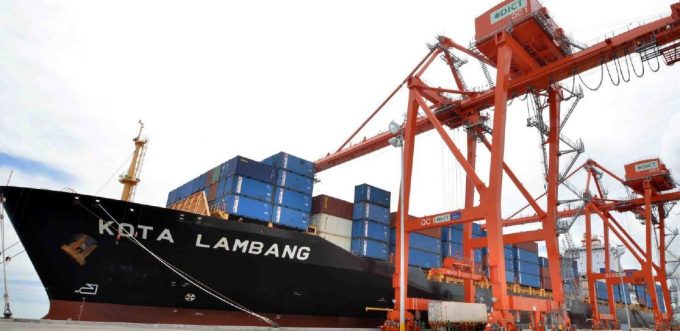Yang Ming to invest in newbuilds and staff as new chairman gets to work
Yang Ming’s new chairman, Tsai Feng-ming, has said that the Taiwanese mainline operator’s fleet plans ...

Pacific International Lines (PIL) today ordered four 8,000 teu containerships from Yangzijiang Shipbuilding, as the Singapore-based regional carrier continues to improve its financial health.
In March, PIL ordered newbuildings for the first time in seven years, four 14,000 teu ships from Jiangnan Shipyard. Previousl its last newbuilding commission was for eight 12,000 teu ships from Yangzijiang in 2015, built in 2018.
PIL said the 8,000 teu ships, to be delivered in 2025, will be dual-fuelled, LNG and diesel, and equipped with an ...
New senior management for DSV as it readies for DB Schenker takeover
Volumes set to 'fall off a cliff' as US firms hit the brakes on sourcing and bookings
Temporary tariff relief brings on early transpacific peak season
'Tariff madness' will prompt renegotiation of ocean shipping contracts
Response to tariffs by Chinese importers may see extra costs for US shippers
FedEx and UPS add 'China fee' ahead of the end of de minimis
Carriers warn of delays as congestion increases at North Europe's ports
Hongkong Post suspends services to 'unreasonable' and 'bullying' US

Comment on this article